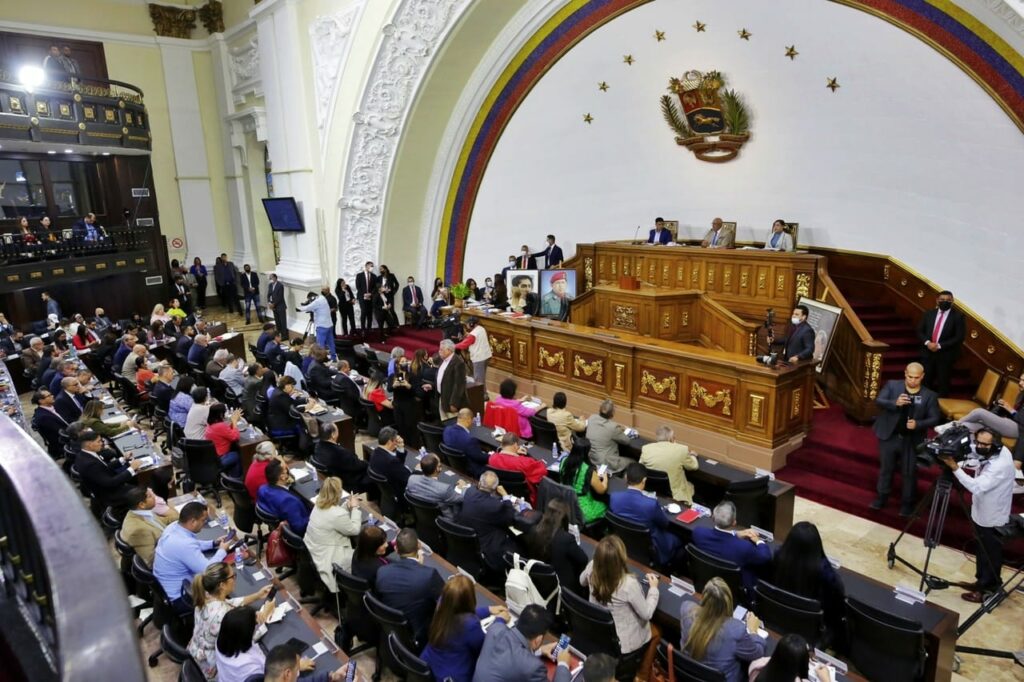the heat wave It is not only present in Uruguay. High temperatures have also been a constant in Buenos Aires and in the last hours Argentina has demanded Uruguayan energy to complete the supply of its systems.
The energy exchanges were recorded in the early morning hours. Between 02:00 and 07:00 on Friday, Uruguay sold 0.6 GWh to Argentina. The operation was repeated between 00:00 and 08:00 on Saturday, when 2.23 GWh were exported. Meanwhile, between 01:00 and 12:00 this Sunday, Uruguay sold 5.2 GWh, according to data from the Electricity Market Administration (ADME).
This year there has been the particularity that Uruguay is importing energy from Brazil -it started in February- to lower costs of thermal generation, and at the same time it has exported to the neighboring shore at specific times during January (13.6 GWh) and also this month (14.2 GWh). The marketing price of renewable surpluses (wind) is on the axis of between US$80 and 85 MWh, and above US$200 MWh when it is energy from a thermal source.
On the other hand, this week Uruguay plans to continue importing energy from Brazil through the Melo converter. These purchases serve to cover specific sections of the demand and thus reduce expenses for the ignition of the thermal park, with an estimated saving of US$ 800,000 per day.
The scant rainfall recorded in recent months is a problem for the production of hydroelectric dams. To ensure the supply of the demand, and at the same time take care of the water resource, UTE had to resort to turning on its thermal park from the beginning of the year. This represented an expense in fuel (diesel and fuel oil) close to US$ 60 million.
In just over a week, Uruguay has imported 85.3 GWh from Brazil at prices of about US$ 60 MWh, well below the current cost of the closed Combined Cycle of Punta del Tigre (US$ 193.5 MWh). On this Sunday afternoon, 30% of the local demand was covered with imported energy.
Currently, the northern neighbor has surplus turbines -energy that if they do not sell they have to throw it through the hydroelectric landfills- and is selling in this new modality to both Argentina and Uruguay. The operations of the last few days serve to optimize the costs of the system in the three countries in global terms.
















